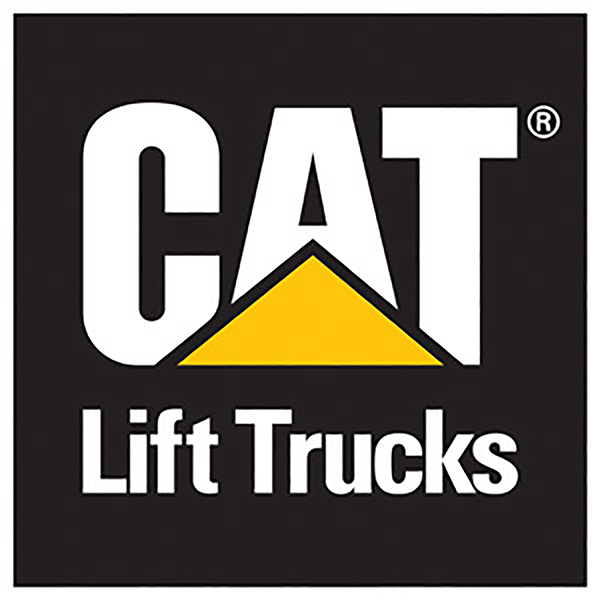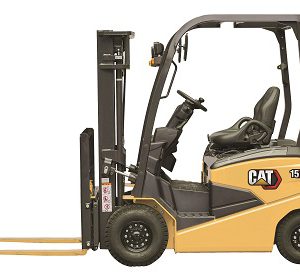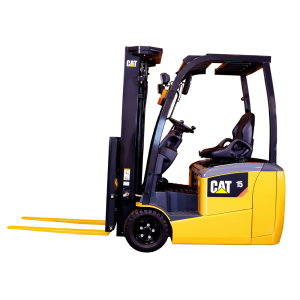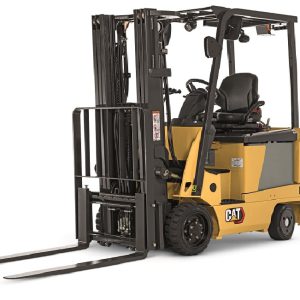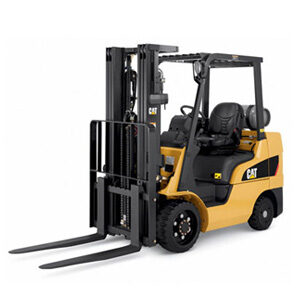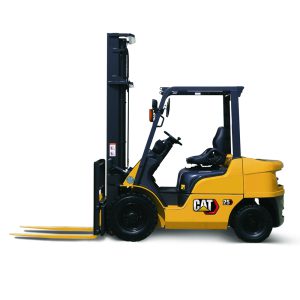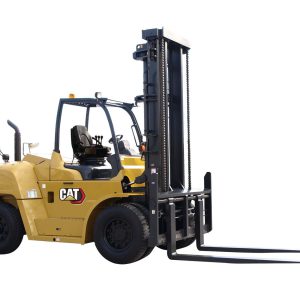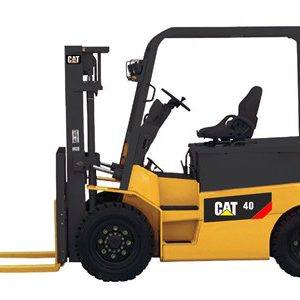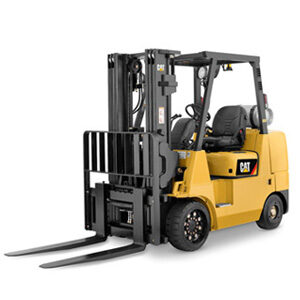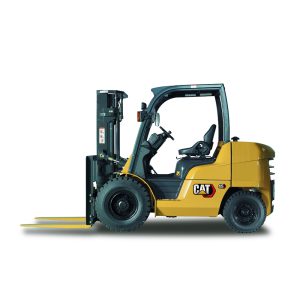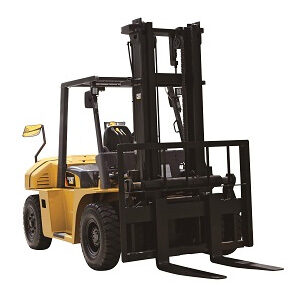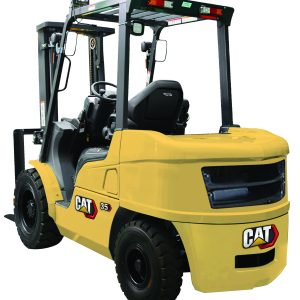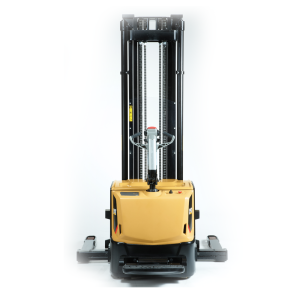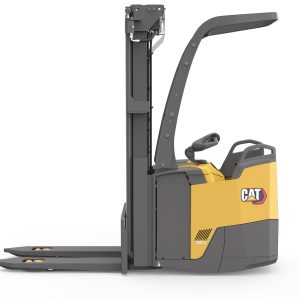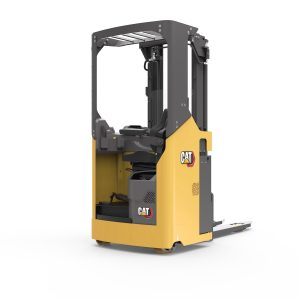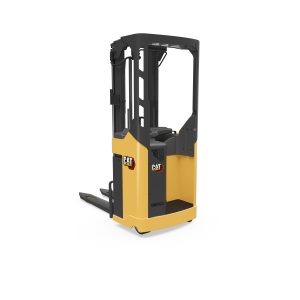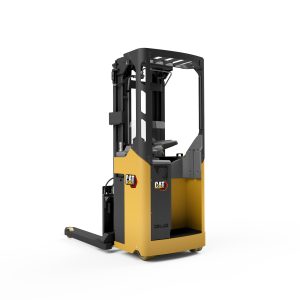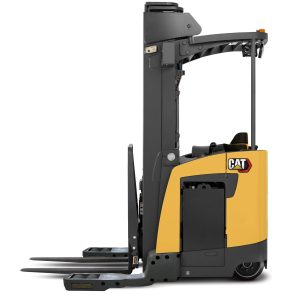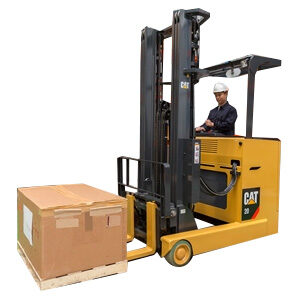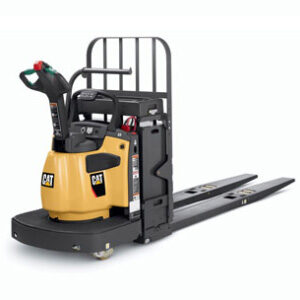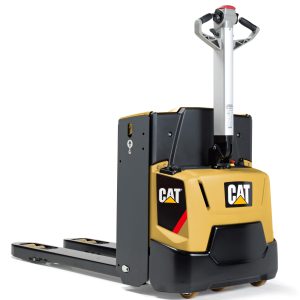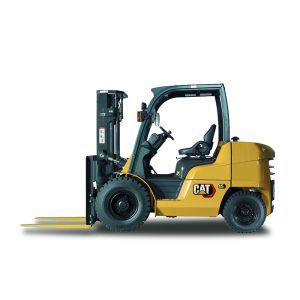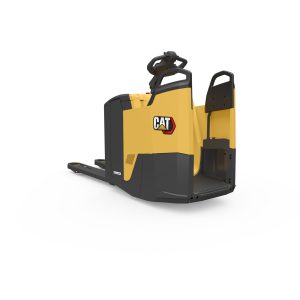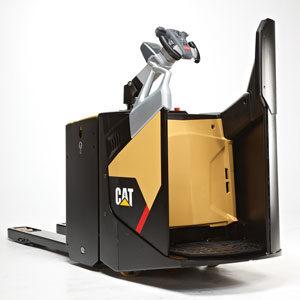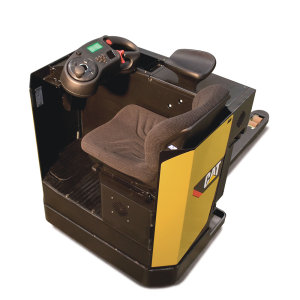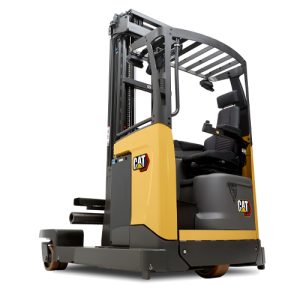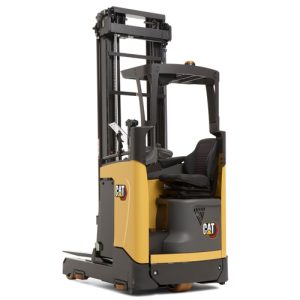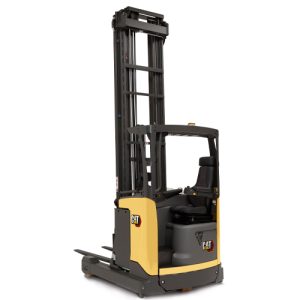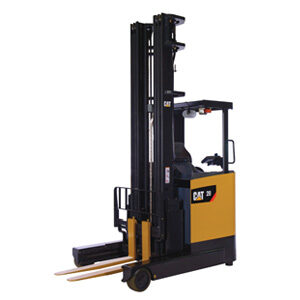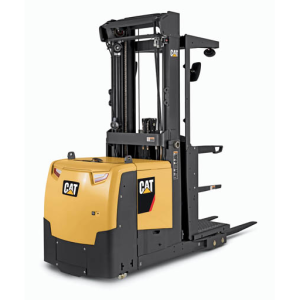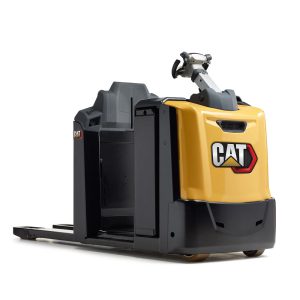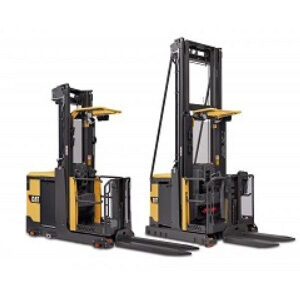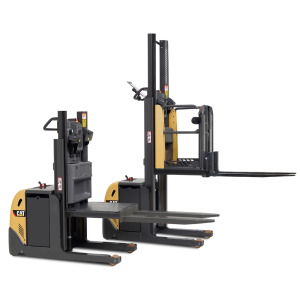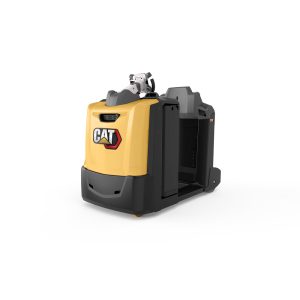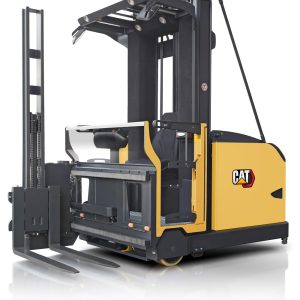
The Benefits of Site Surveys
01/09/2016
Regular site surveys can help prevent accidents, improve productivity and save money.
Site inspections pinpoint potential problems and opportunities to improve efficiency.
In such uncertain times, optimising resources is essential – whatever your industry. With storage, handling and distribution accounting for as much as 90% of a total production cycle, streamlining operations offers opportunities for the greatest dividends.
By pinpointing everything from damaged equipment to inefficiency, regular site inspections allow you to uncover potential problems and – more importantly – spot opportunities for maximising efficiency.
To get the most from your site inspections it is essential that they are carried out regularly and systematically by a knowledgeable materials handling supplier who understands the needs of your business.
On the lookout
During an inspection, every aspect of your premises should be analysed. From the condition of your racking systems to the types of trucks used to transport your products, a good supplier will leave no stone unturned to provide you with the best recommendations for your business.
Even the condition of your site’s floors will be considered. Rough surfaces are a major cause of wear to wheels, which could see you paying more for your maintenance contract. To boost your equipment’s lifespan – and your bank balance – a supplier should be recommending options that include fitting different wheels, load cushioning or improving the floor’s condition.
While inspections address your facility’s day-to-day operations, the overall effectiveness of your activities should also be examined. To do this, as much information as possible will be gathered about your needs, with special attention paid to:
- Product range
- Frequency of demand
- Accessibility
- Rate of turnover
- Throughput
To reveal the space’s best use for your business, inspectors will study – at length – the physical space itself. Many rely upon the ‘four times three’ rule and measure the three dimensions – that’s length, width and height – of the following four factors: aisles, doors, racking, pallets.
Since you can never count on them all being exactly the same, all aisles and doors should also be measured. After all, a warehouse truck only needs to be 1 cm too wide for an aisle or door to cause major headaches all round.
Careful study of the current racking system should be undertaken. Your supplier should find out exactly what kind of pallets you use, measuring them and any overhanging loads, and weighing the pallet loads. Measurements of the racking system itself should be taken including: pallet-face to pallet-face; racking to racking; height and depth of racking, and height to ceiling.
Finally, they should measure the shuttle distance between loading and unloading points. This is to work out whether the operator should be walking or riding, standing or sitting – important factors when it comes to maximising productivity and comfort.
A good result
Crucially, a good site inspection should recognise that no two businesses’ facilities or needs are identical. Armed with a thorough assessment of your operations, a good supplier will reveal imminent threats to your business as well as opportunities to maximise efficiency, as one stationery company found out.
Operating on a 24/7 system, the firm needed a streamlined fleet which could easily adapt to sudden peaks in demand or technical problems at any time. Their local dealer came up with a creative solution: an additional, older truck, which is not part of the new fleet. It is kept on site and used on a ‘pay-as-you-go’ basis. This solution provided the customer with the best of both worlds: flexibility to handle the unexpected, without unnecessary cost the rest of the time.
Our conclusion?
To unlock your operation’s potential enlist the help of a supplier you can really trust. Armed with a thorough understanding of your site and its equipment, they should be able to draw up a plan that will suit your individual business and its goals.

